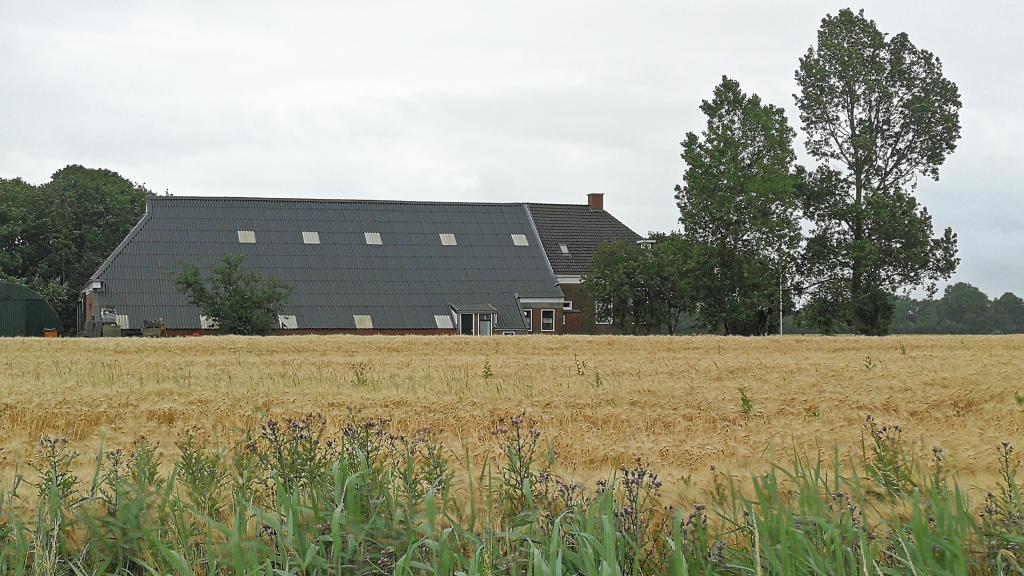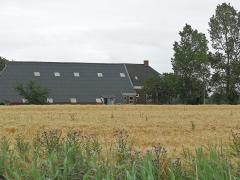Costs and benefits of synthetic nitrogen fertiliser for global production of cereal grains in 2015 and in 2050 under contrasting scenarios
Increased use of synthetic N fertiliser has boosted global cereal grain production, but has also led to a massive increase of reactive N loss and environmental impacts. This paper quantifies the global benefits and costs of synthetic N use in 2015 and in 2050 under contrasting scenarios, for the purpose of supporting the development of policies towards a more balanced use of N fertiliser in order to produce sufficient food with less N pollution.
A newly developed global nitrogen benefit cost model for Cereals (NBCalCer)
Cereals are the most important global staple crop and use more than half of both the global production of synthetic nitrogen (N) fertiliser and crop area. NBCalCer quantifies the global effects of N input on crop yields, N budgets, and environmental impacts at country scale (state scale for USA and China). It monetises these effects to allow aggregation and comparison of effects to ultimately establish the integral ratio of costs and benefits.

Scenarios
This paper analyses three contrasting and modified Shared Socioeconomic Pathway scenarios (SSPs) where N policy ambitions aresuperimposed on the SSP climate-sustainability storylines. In order of decreasing N agri-environmental ambitions: sustainability (SSP1H), middle-of-the-road (SSP2M), and fossil-fueled development (SSP5L).
Main findings
In the base year, the contribution of synthetic N fertiliser to global cereal production was 44%. Global modelled grain yield was projected to increase under all scenarios while the use of synthetic N fertiliser decreases under all scenarios except SSP5L. The total N surplus was projected to be reduced up to 20% under SSP1H but to increase under SSP5L. The Benefit-Cost-Ratio (BCR) was calculated as the ratio between the market benefit of increased grain production by synthetic N and the summed cost of fertiliser purchase and the external cost of the N losses. In the base year, the BCR was well above one in all regions, but in 2050 under SSP1H and SSP5L, decreased to below one in most regions. In the context of sustainability, the paradigm for global cereal production is producing sufficient food with minimum N pollution. Our results indicate that achieving this goal would require a massive change in global volume and distribution of synthetic N.
Acknowledgements
The NBCalCer model was developed by the University of Castilla-La Mancha in Toledo, PBL and the Polytechnical University of Madrid. The model and article are outputs of the International Nitrogen Management System project (INMS) funded by the Global Environment Facility (GEF) through the United Nations Environment Programme (UNEP).
Authors
Specifications
- Publication title
- Costs and benefits of synthetic nitrogen for global cereal production in 2015 and in 2050 under contrasting scenarios
- Publication date
- 3 January 2024
- Publication type
- Article
- Page count
- 12
- Publication language
- English
- Magazine
- Science of the Total Environment 912 (2024) 169357




